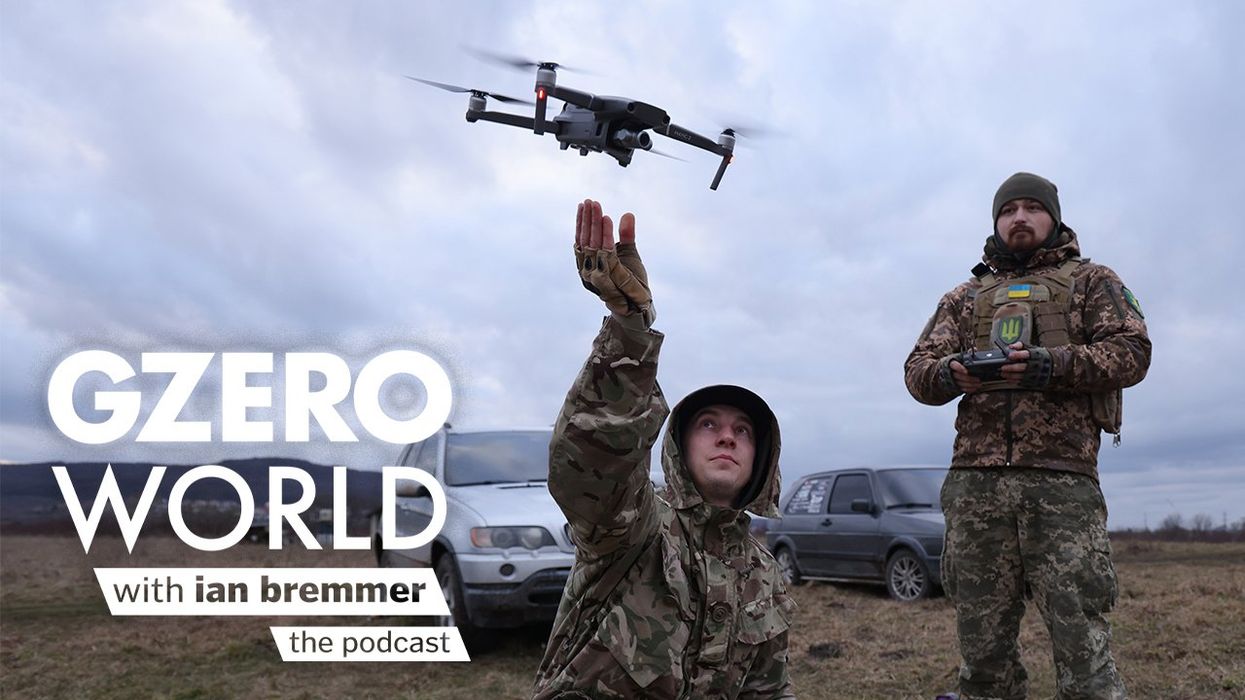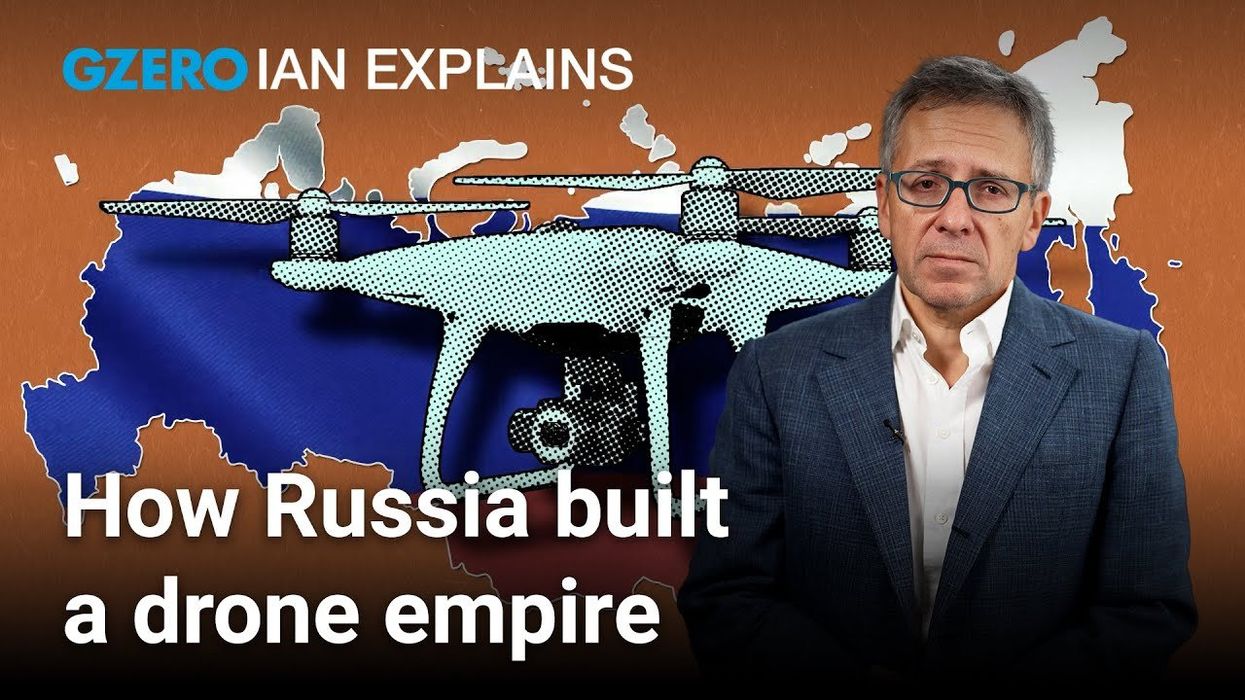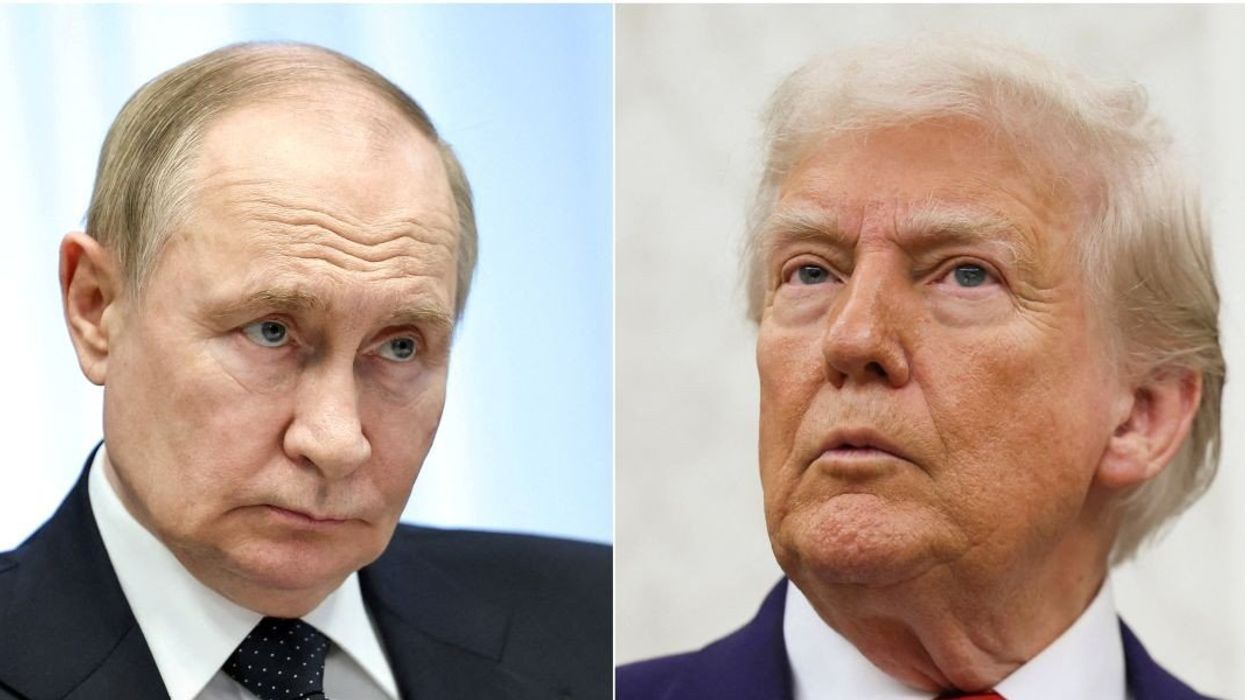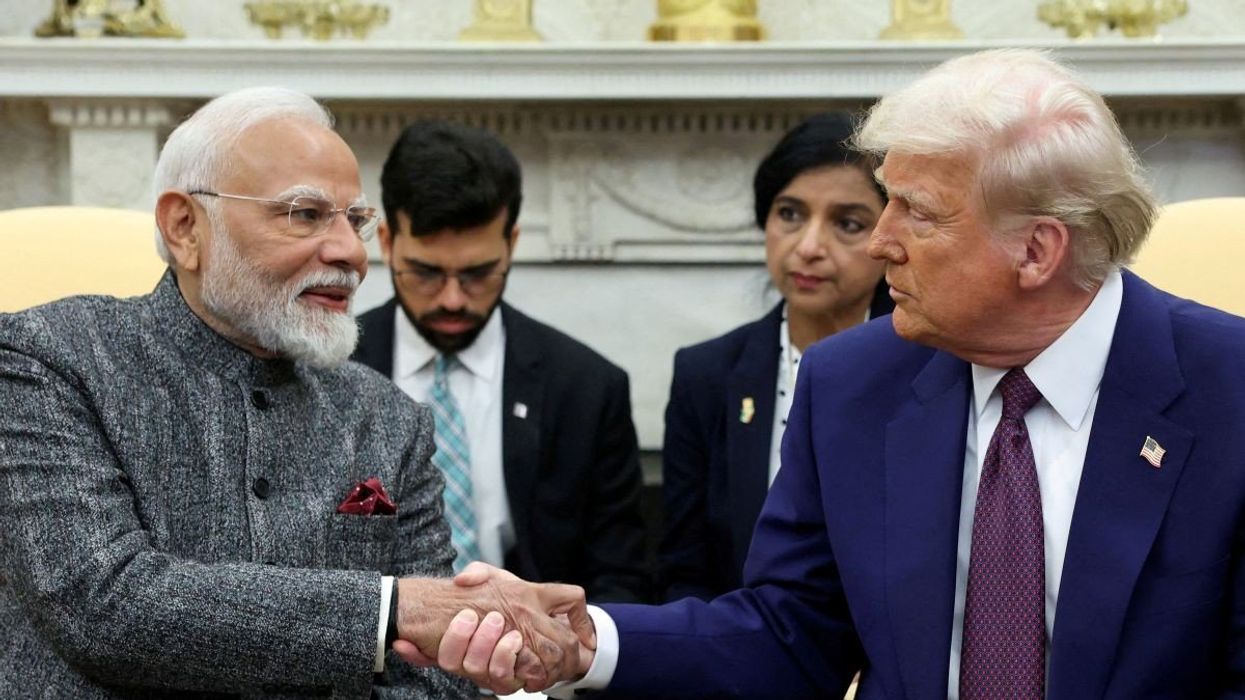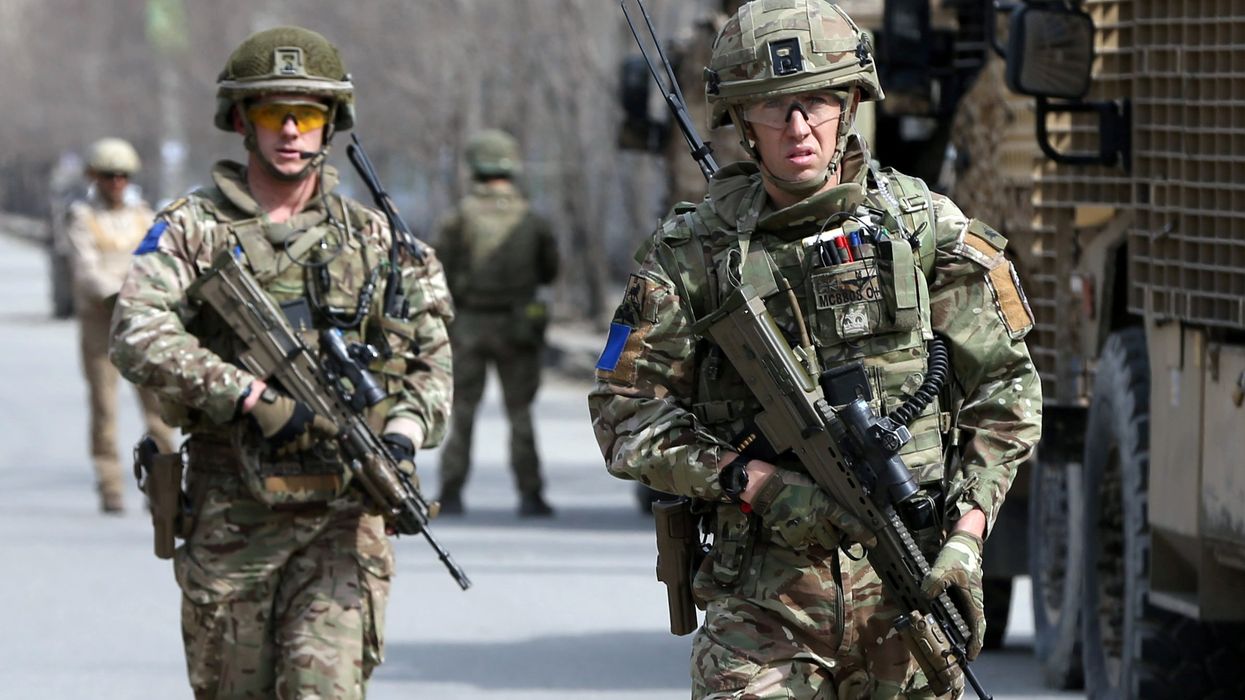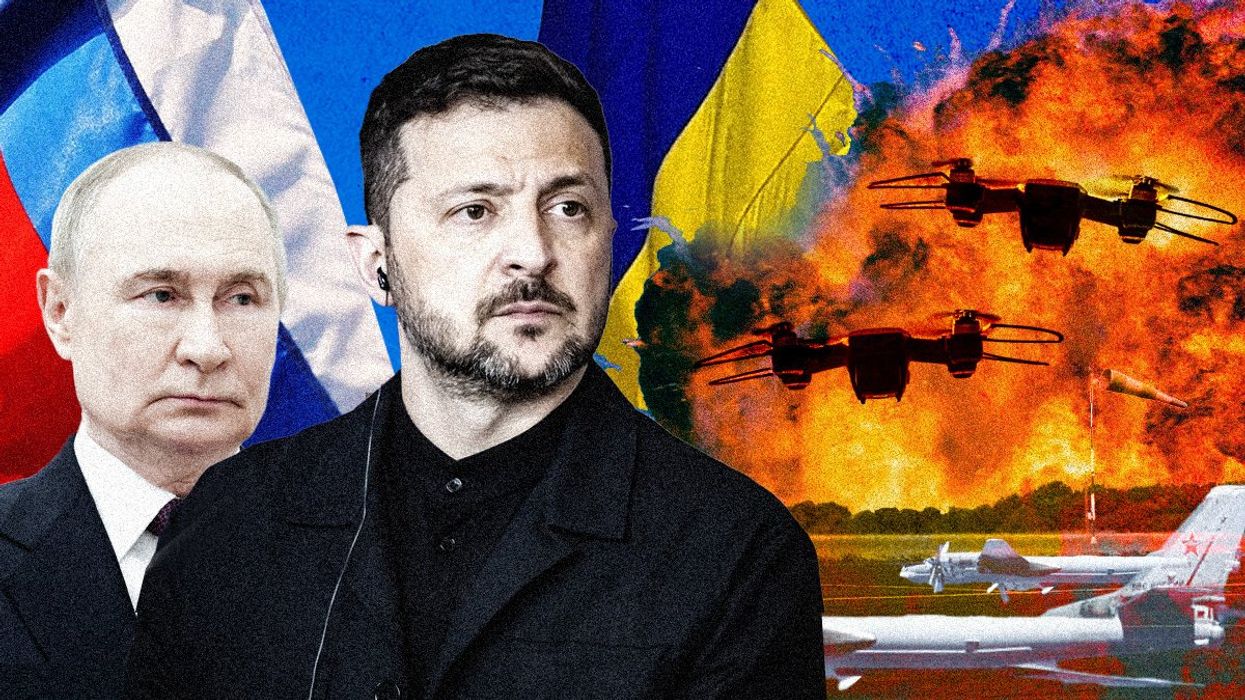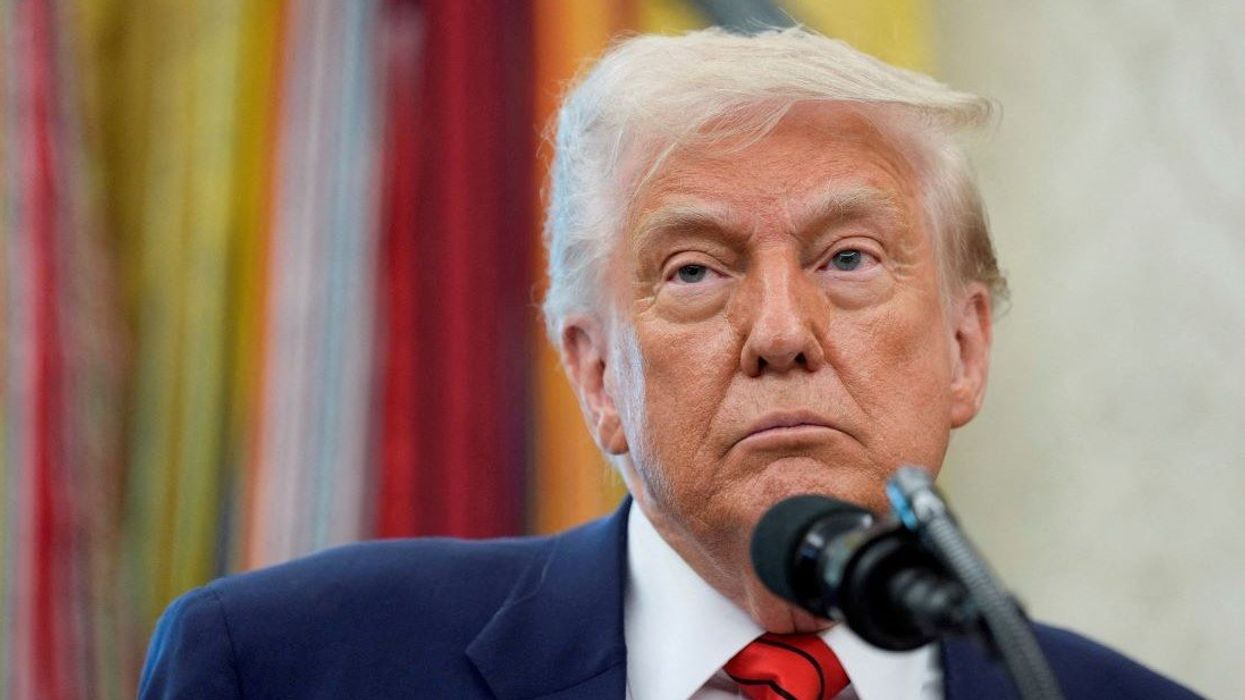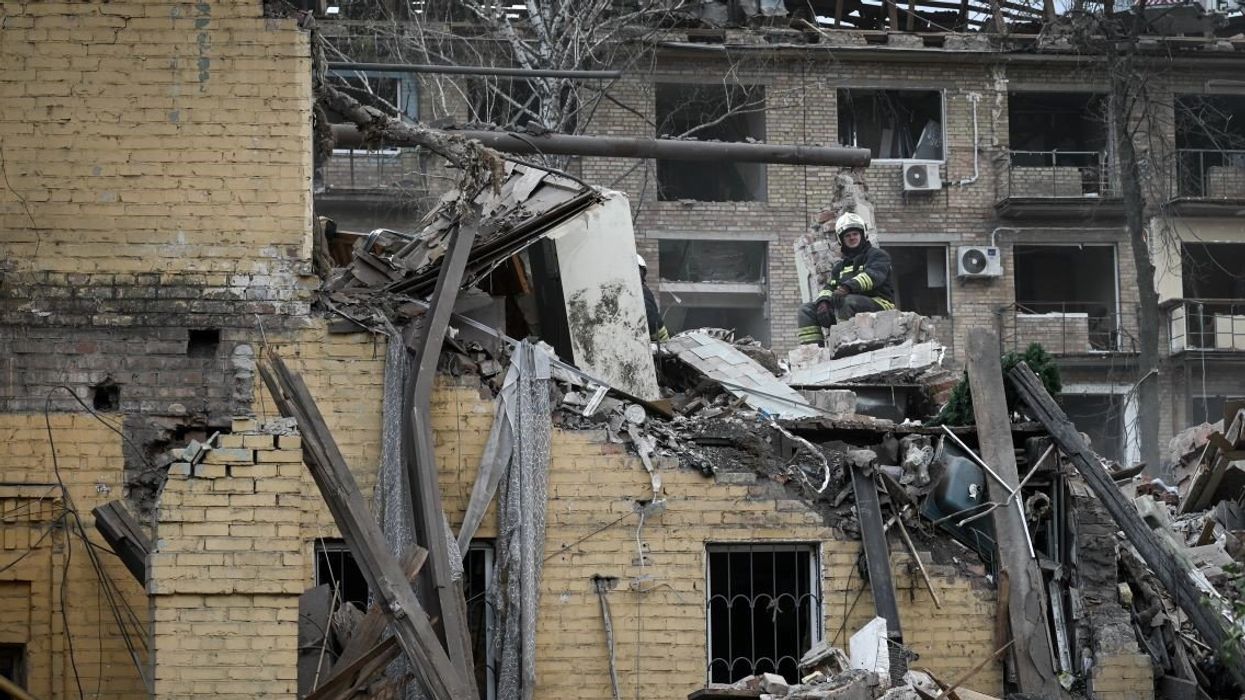GZERO World with Ian Bremmer
Putin's drone battle for Ukraine's skies
As Russia ramps up drone production and escalates aerial attacks, how long can Ukraine hold out? Christopher Miller, chief Ukraine correspondent at the FT, joins Ian Bremmer on GZERO World.
Sep 29, 2025

